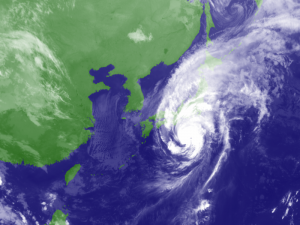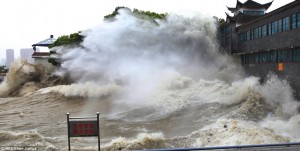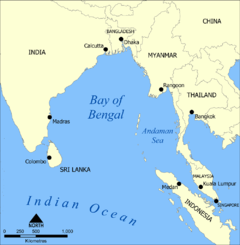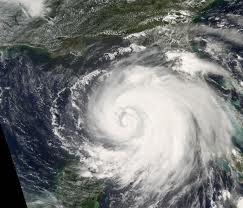
Deadly Typhoon Wipha is a once in a decade storm.
As if Japan needed another natural disaster, Typhoon Wipha just passed over the island of Izu Oshima, south of Tokyo, bringing strong winds and 80 cm (31 1/2 in) of rain in merely 24 hours.
Fourteen people have been killed in landslides, so far, and houses have been buried or completely destroyed, and many more are unaccounted for.
Now, watch Tokyo and Fukushima as Wipha tracks north.
Once In A Decade Storm
The Japan Meteorological Agency reported the storm as the most powerful in ten years, and the amount of rain has surpassed their records, which date back to 1991. 122 mm (5 in) of rain fell in just one hour on Wednesday morning.
After passing Izu Oshima, 20,000 people were ordered to evacuate as the typhoon approached Japan and the storm moved northward over the mainland of Japan.
Deadly Landslides
Due to landslides, rescue efforts are hampered on Izu Oshima. Affected areas are difficult to reach and search. Almost 300 homes have been destroyed on the island, and the full extent of the damage is still being assessed.
Updates from International Charter: Space and Major Disasters



